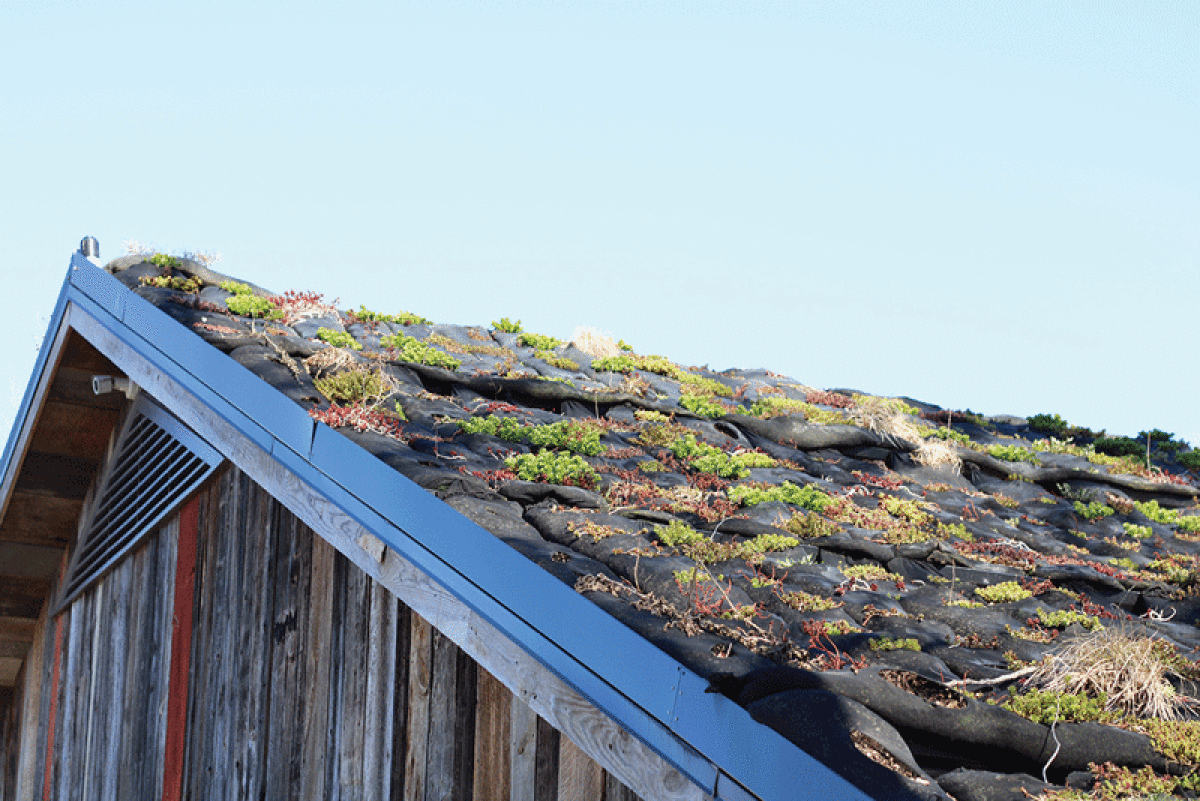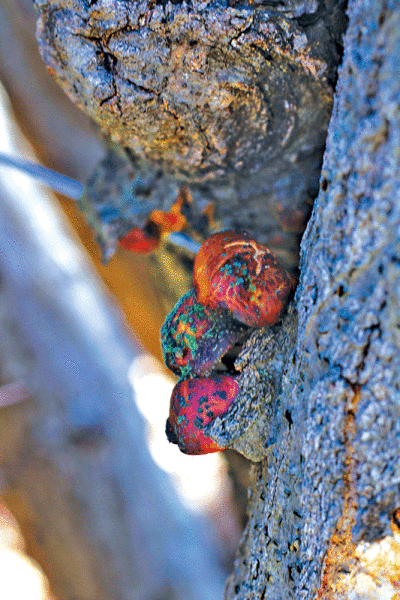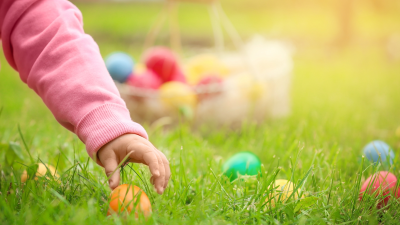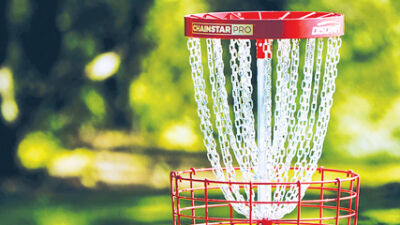METRO DETROIT — Early spring is an important time to start planting seeds that will bud and bloom throughout the warmer months. Some local residents have decided to incorporate landscaping that is not only ornamental but also edible.
Growing edible landscaping at home has several benefits, including its economic and environmental impacts. This kind of landscaping can be taken to various different levels and include a range of different plants.
Rochester Hills resident and Sylvan Table Executive Chef Christopher Gadulka utilizes edible landscaping at work and at home. Sylvan Table in Sylvan Lake is a farm-to-table restaurant where they grow produce right outside of the dining area.
Gadulka was immersed in the culture of edible landscaping on a trip to Switzerland, where he noticed that a majority of the “lawns” were actually community gardens where functional plants grew for people to harvest. Even the wildflowers they grew were edible.
When he returned home, instead of growing traditional ornamental plants in his yard, Gadulka began planting edible plants such as marigolds, ostrich ferns and ramps.
One of his favorite edible landscape examples is the dandelion. These plants are 100% edible, as long as they are not sprayed with any chemicals.
Environmental benefits
Because of global supply chain issues, there are many invasive species that have spread into Michigan. As a result, these invasive species take nutrients from the environment that Michigan-based plants would use to thrive, taking over that part of the environment and changing the soil culture.
“The garlic mustard green right now is a huge invasive,” Gadulka said. “It is a great edible. It is similar in flavor to horseradish or wasabi, with a little bit of spice to it. It’s one of those (plants) that, if you have a little bit in your yard, you will never get rid of it, and the best thing to do is eat it.”
Other edible invasive species Gadulka mentioned are purslane and autumn olive.
By using a grass alternative such as thyme, residents can do their part in helping the environment by using less water and reducing carbon emissions by not lawnmowing. This practice doubles as an economic benefit by saving money on water and mowing equipment.
These thyme lawns can be used as herbs and are beneficial in bringing bees and other pollinators back to the area.
Edible landscaping can also improve the nonedible landscaping in the area around it.
“There are a number of edible plants, herbs and vegetables whose flowers are beneficial for different kinds of pollinators and good insects,” said David Lowenstein, a consumer horticulture extension educator for the Michigan State University Extension. “That can not only help the edible plants but any wildflowers or other ornamental plants you have by attracting natural predators.”
Economic benefits
By using edible landscaping, residents can save money all summer on produce. Instead of spending money at the store, they can step outside and harvest fruits and the vegetables that they want for dinner.
Gadulka said dandelions are once again a prime example of edible landscaping’s economic benefits. They are known to grow plentifully, and they are free. By letting dandelions grow, residents can harvest them for salads, teas and more.
Rick Rigutto, the farm manager at Sylvan Farm, shared the benefits from a business standpoint of keeping food production as close as possible to where it is eaten.
“The closer that remains, the more dollars stay in the local community,” Rigutto said. “Working with your local farms within your region and in your state helps keep those dollars recirculating closer to home.”
Tips for edible landscaping at home
While the idea of incorporating edible landscaping may seem overwhelming to some residents, Rigutto said the best way to begin is by starting small and building from there.
Gadulka suggested starting by creating a rain garden. This is a type of garden that has native perennials and shrubs planted in a depression on the ground in order to soak up and store stormwater runoff.
Several edible flowers and plants can be planted in these rain gardens, including asparagus, rhubarb and strawberries.
Lowenstein also expressed the importance of starting off small. He said there are many microgreens that are great, easy-to-grow edible plants to start with.
“Plant what you think you would like to eat, or what your neighbors or friends would like to eat,” Lowenstein said.
 Publication select ▼
Publication select ▼
























